
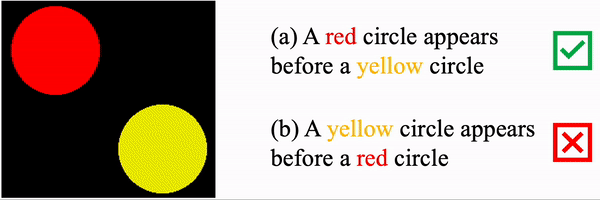
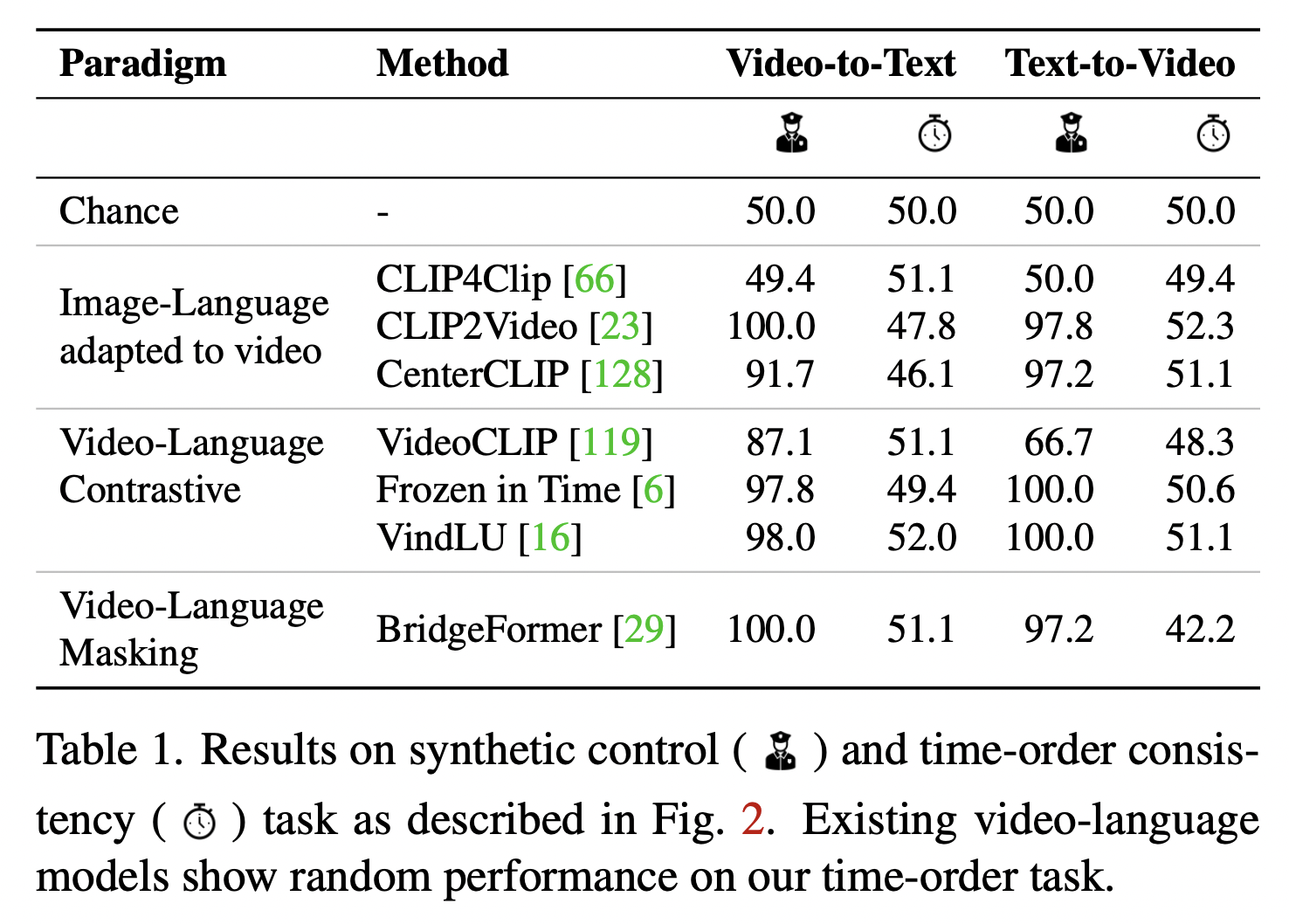
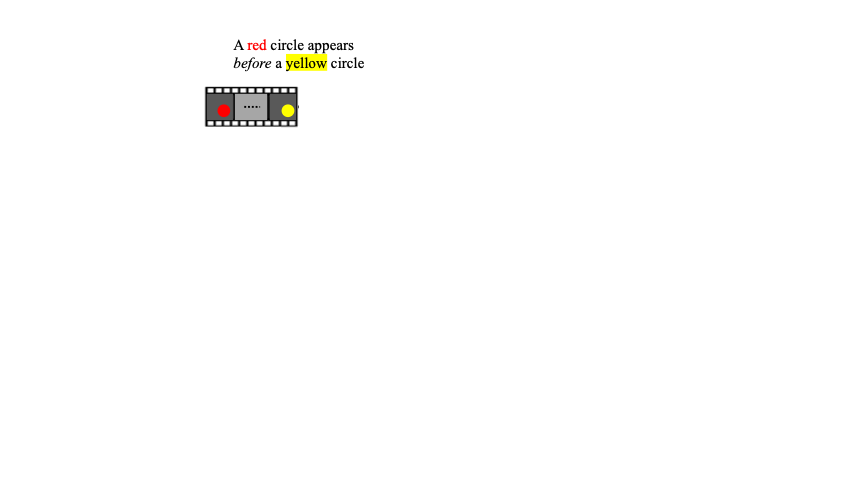
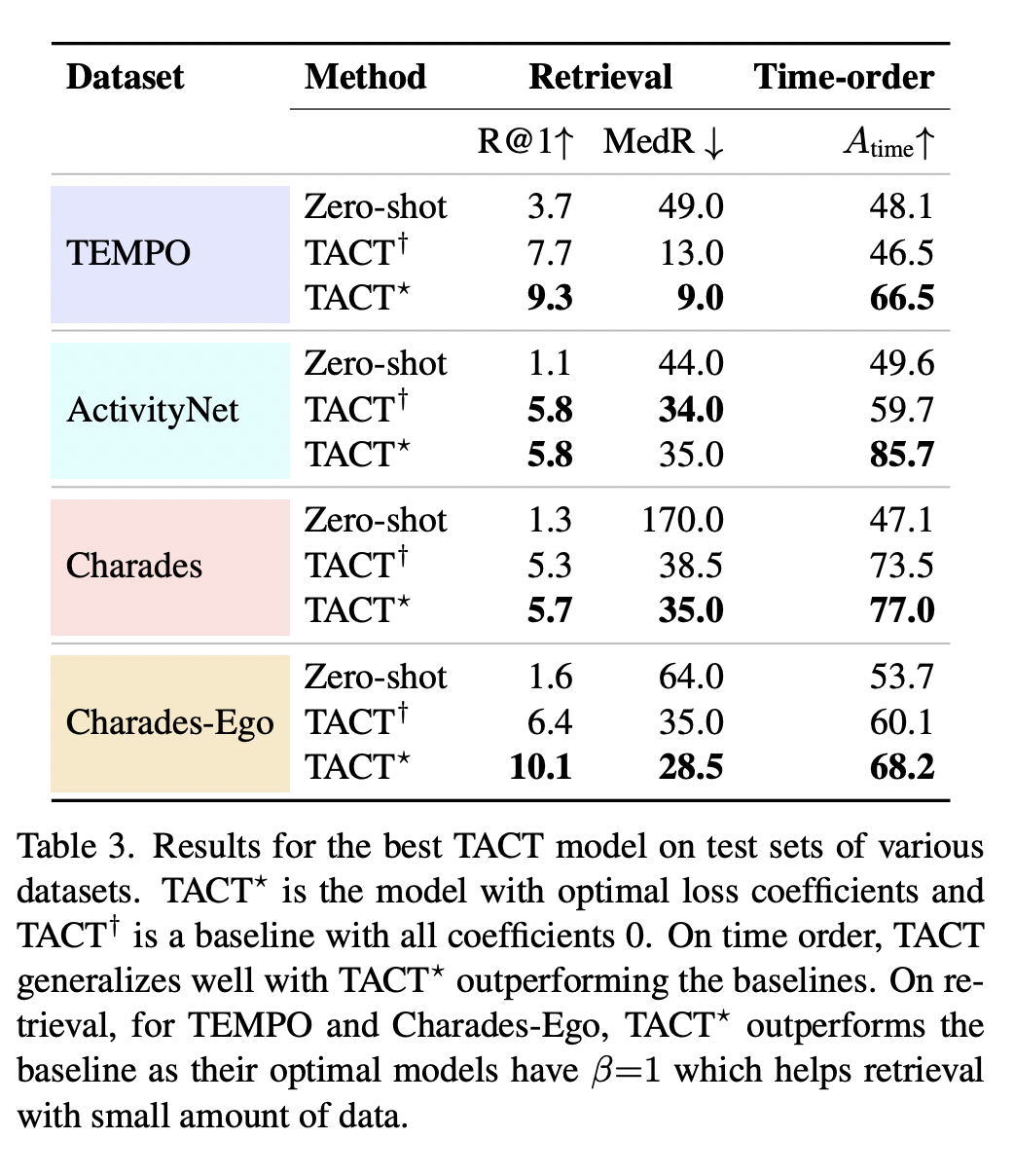
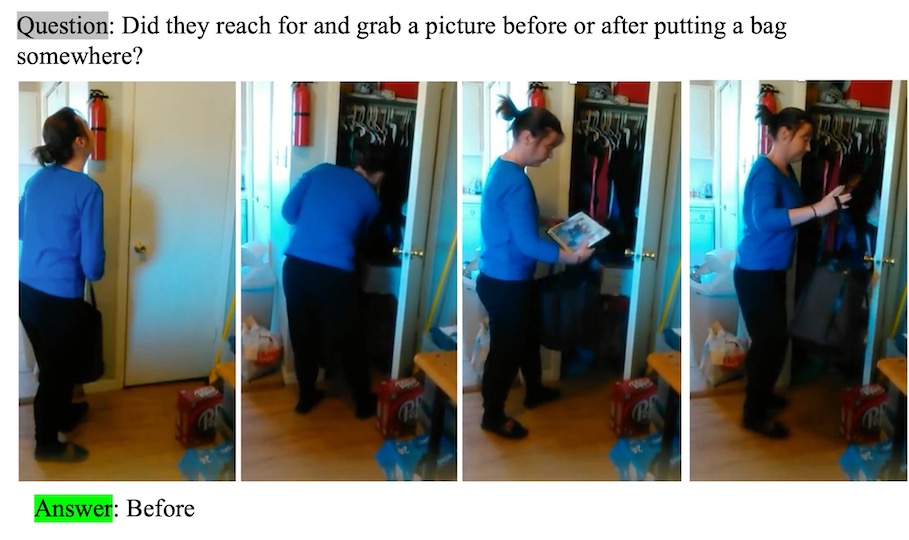

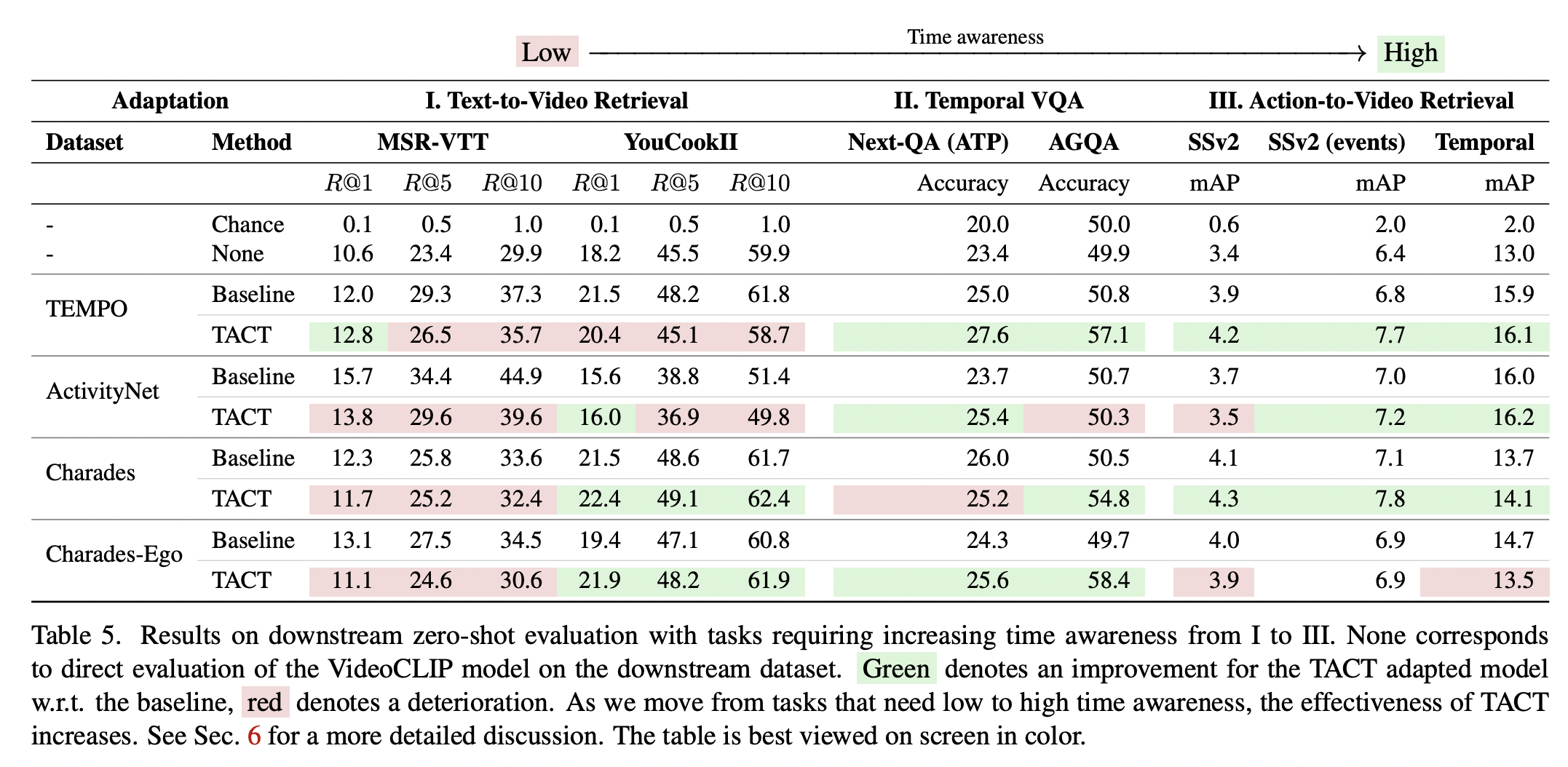
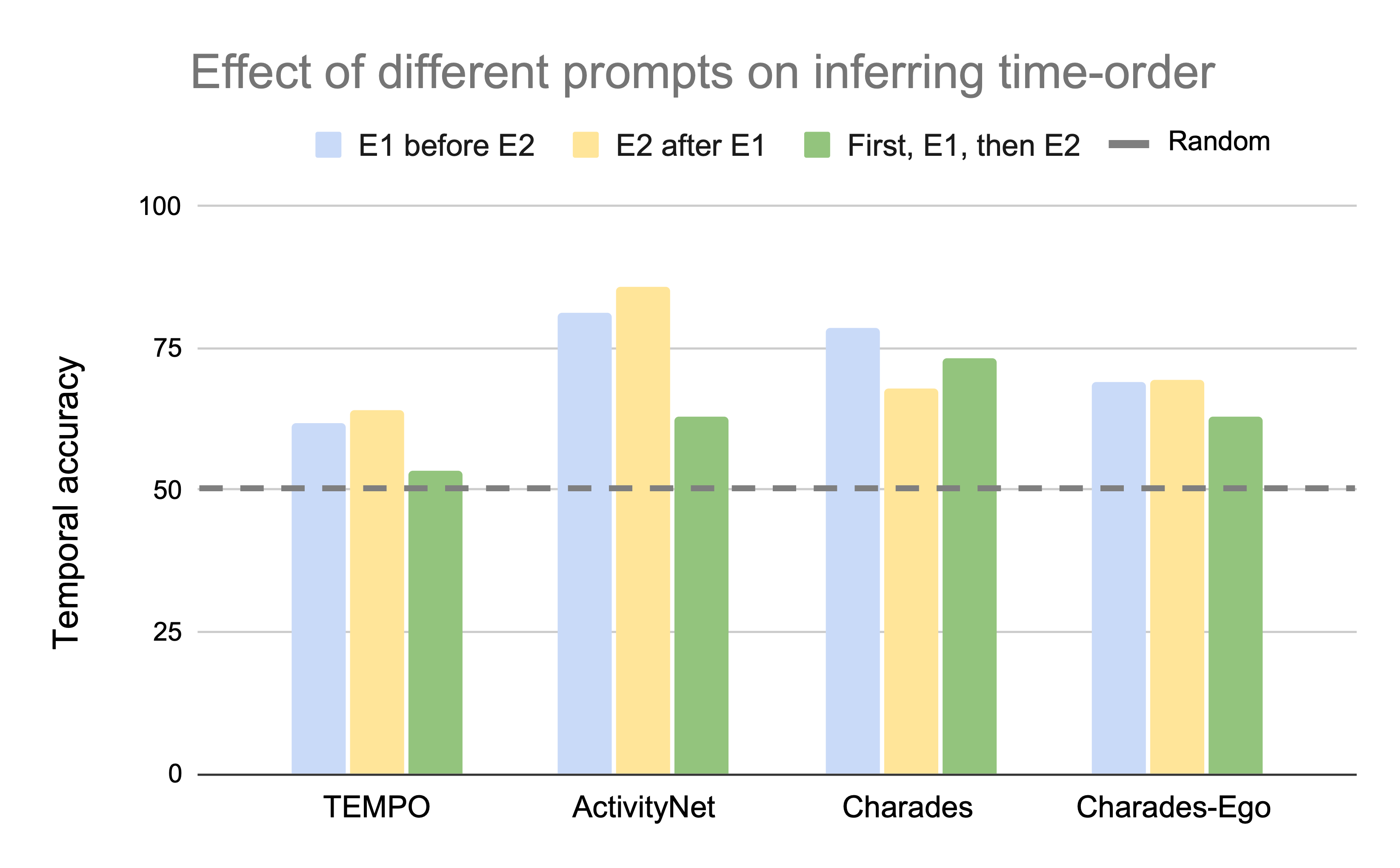
We also acknowledge all relevant prior work, particularly, VideoCLIP and TEMPO, for making their code and data publicly available.
@inproceedings{
bagad2023testoftime,
title={{T}est of {T}ime: {I}nstilling {V}ideo-{L}anguage {M}odels with a {S}ense of {T}ime},
author={Bagad, Piyush and Tapaswi, Makarand and Snoek, Cees G. M.},
booktitle={CVPR},
year={2023}
}